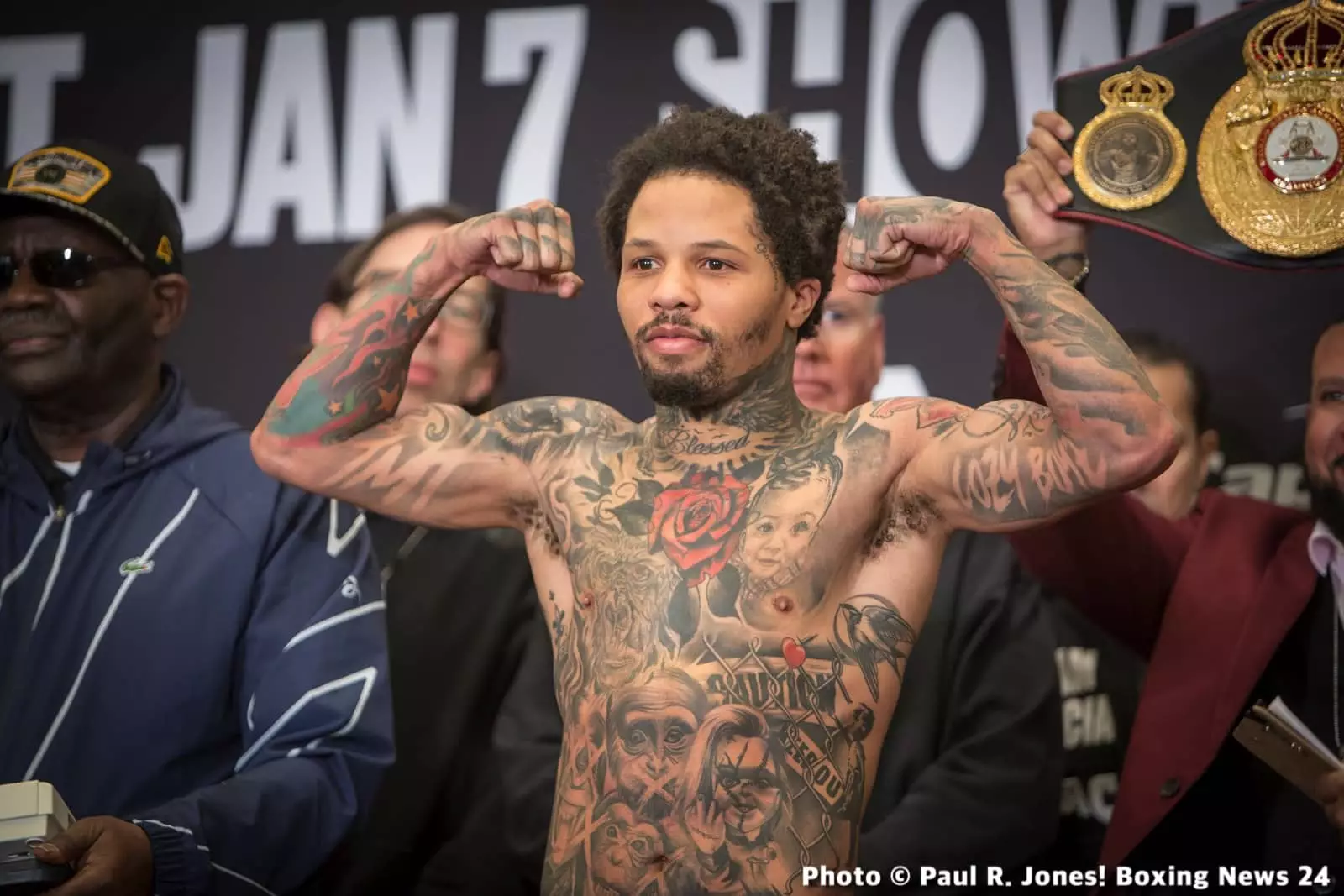The recent social media stir surrounding Jake Paul’s potential matchup against Gervonta “Tank” Davis highlights a new era in boxing’s promotional landscape. A seemingly accidental post by Netflix Turkey, which announced the fight slated for November 15 at Atlanta’s State Farm Arena, created an instant buzz. This event-catching slip-up, swiftly deleted yet captured widely, underscores the influence of digital platforms in shaping combat sports narratives. It challenges traditional promotion channels, revealing a shift toward spontaneous, viral marketing that hinges as much on social media as on official announcements.
Netflix’s history of streaming high-profile boxing matches lends credibility and weight to the leaked information. Streaming giants now serve as key players, not just passive hosts but active catalysts for generating interest. Their involvement infuses fights with a sense of immediacy and accessibility that traditional pay-per-view channels struggle to match. Yet, this reliance on digital leaks also exposes a game of strategic vulnerability—whether intentional or accidental—that can shape public perception and hype.
The Clash of Generations and Weight Classes
Perhaps the most compelling aspect of this prospective fight is its sheer conceptual audacity. Jake Paul, a social media mogul turned boxer, typically campaigns at cruiserweight — well over 190 pounds. On the other hand, Gervonta Davis reigns as a lightweight champion, competing comfortably around 135 pounds. Even with catchweight negotiations, the disparity in size alone stretches the bounds of conventional boxing logic, raising questions about fairness, safety, and competitive integrity.
However, modern boxing has long been driven by spectacle and fiscal opportunity rather than pure sport. The allure of stacking star power, regardless of weight classes, often trumps technical considerations. Davis’s knockout reputation and Paul’s massive online following could produce a pay-per-view sensation that transcends traditional boxing boundaries. It signals a broader, more inclusive approach to appeal to crossover audiences who prioritize entertainment, controversy, and curiosity over pure athleticism.
The Power Dynamics of Fame Versus Competition
In an era where fighter branding can often overshadow athletic performance, the proposed Paul-Davis bout epitomizes the tension between fame and sport. Paul’s strategic move to chase high-profile opponents reflects a deliberate shift—he’s no longer content with sparring or stepping stone fights; he seeks headline-making, financially lucrative showdowns.
Meanwhile, Davis’s profile as a knockout artist and rising star in the boxing world makes him an ideal foil for a spectacle with broad appeal. Yet, the mismatch in size and experience prompts a debate on legitimacy. Is this a genuine competition or merely an exhibition designed for clicks and views? The answer might be less relevant than what this fight represents: a new kind of spectacle where the lines between sport, entertainment, and marketing blur to serve modern audiences’ appetites.
In summation, the rumor (or perhaps the strategic tease) of Jake Paul versus Gervonta Davis encapsulates a fundamental transformation in boxing—a sport increasingly driven by multimedia presence, crossover appeal, and the relentless pursuit of spectacle. Whether it materializes as a classic bout or a tantalizing novelty, it encapsulates the evolving narrative of combat sports in the digital age.

